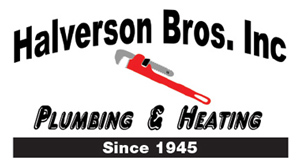A lot of homeowners only think they need air conditioning repair when their system breaks down. However, the truth is your air conditioner will often give warning signs before a complete breakdown that results in new AC installation. Noticing early problems and calling the experts at Halverson Brothers Inc to fix issues early can help you avoid the hassle and expense of a full AC system breakdown. More importantly, it can prevent the hot and sweaty conditions created by having your AC fail on a hot day.
When you call us, our team of skilled HVAC technicians will identify the problem, resolve the issue and restore your comfort fast. We have extensive expertise and provide reliable, cost-effective AC service for local homeowners.
Why wait until your cooling system quits? Skip all that hassle by calling today to schedule AC repair in Menomonie, WI, from Halverson Brothers Inc.
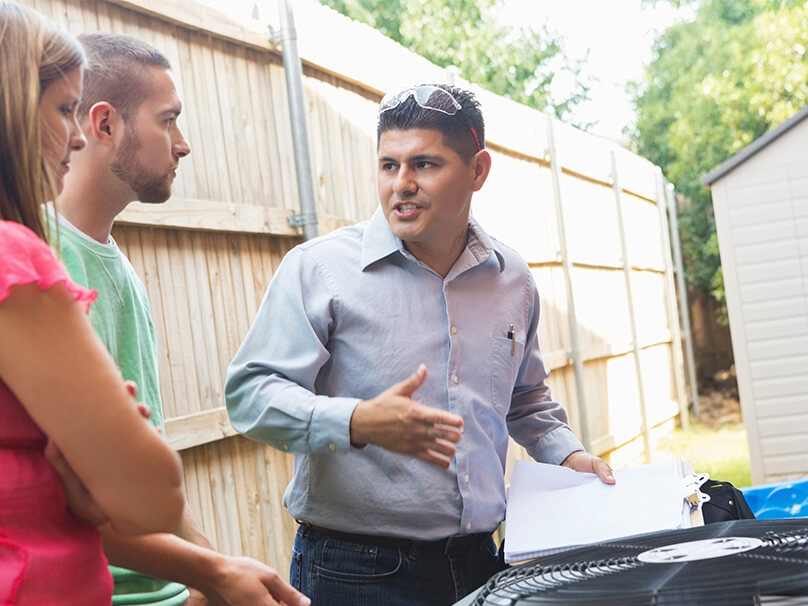
How to Know if You Need AC Repair
How can you tell if your air conditioner is having issues? From unusual smells to a lack of cool air coming from the vents, there are many symptoms that your cooling system has is malfunctioning and needs attention or service.
Here are some red flags that trouble may be on the way and it’s time to call an HVAC technician from Halverson Brothers Inc:
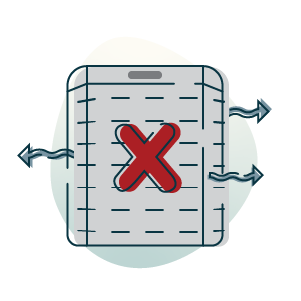
AC blows warm air instead of cold
If warm air is flowing out of your AC unit instead of cool air, or if the air isn’t as cool as it should be, it’s a smart move to call us for professional cooling service.
Air conditioner frequently turns on and off
If your AC system starts and stops instead of completing its normal cycle, it could be a sign of several problems and should be looked at by one of our certified HVAC technicians.
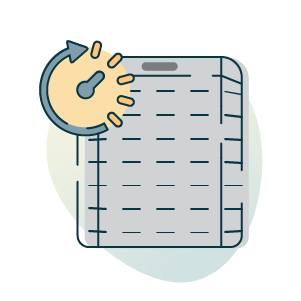
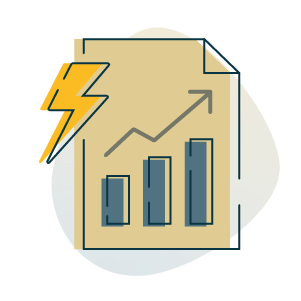
Cooling bills spike for what seems like no reason
A sudden spike in your energy bills can be a sign your AC unit is becoming less efficient, which means it uses more energy to maintain a comfortable indoor temperature and needs AC maintenance or repair.
Unusual odors are coming from your AC
Air conditioners shouldn’t produce odors. A strange smell coming from your air conditioner should be checked by an expert, as they can be a sign of problems like mold, mildew or even electrical issues.
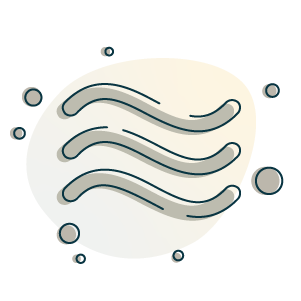
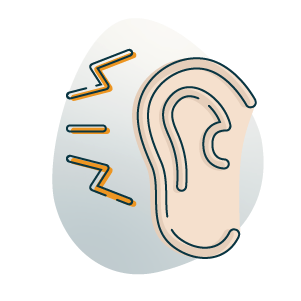
AC makes loud noises when it runs
If you hear odd noises when your air conditioner is running — thumping, rattling or squealing, to name just a few — it’s important to call for professional HVAC service to get to the bottom of the issue.
Request Pro Air Conditioner Repair Today
When you need air conditioning service fast, contact the HVAC repair specialists at Halverson Brothers Inc. We’ll quickly figure out the trouble when your system won’t start or deliver sufficient chilled air.
